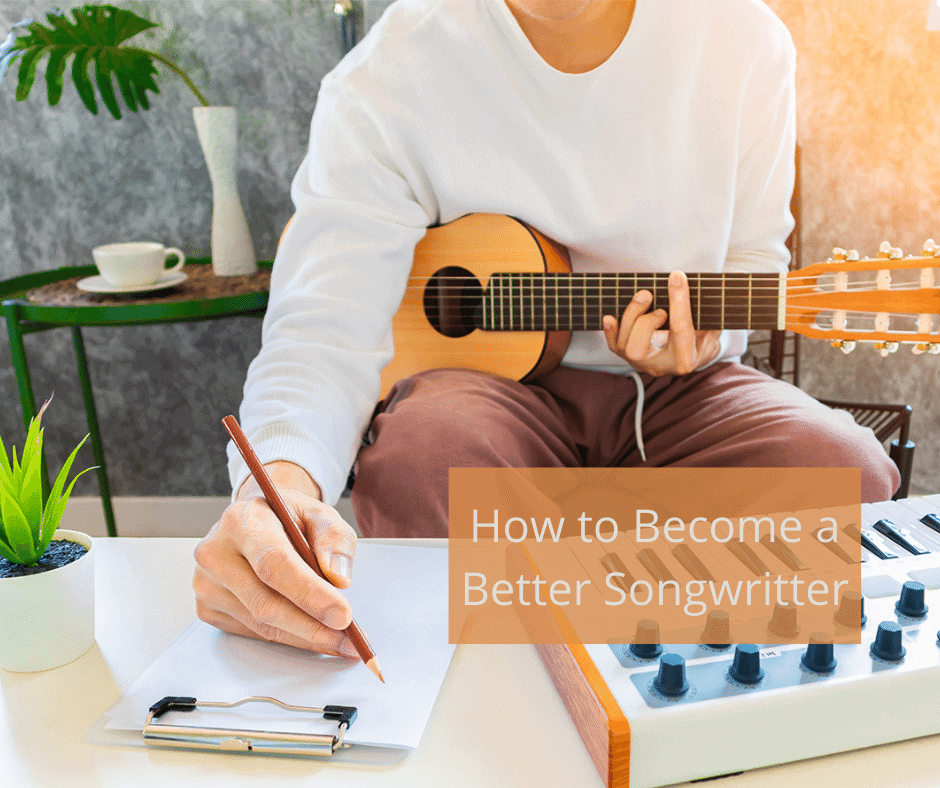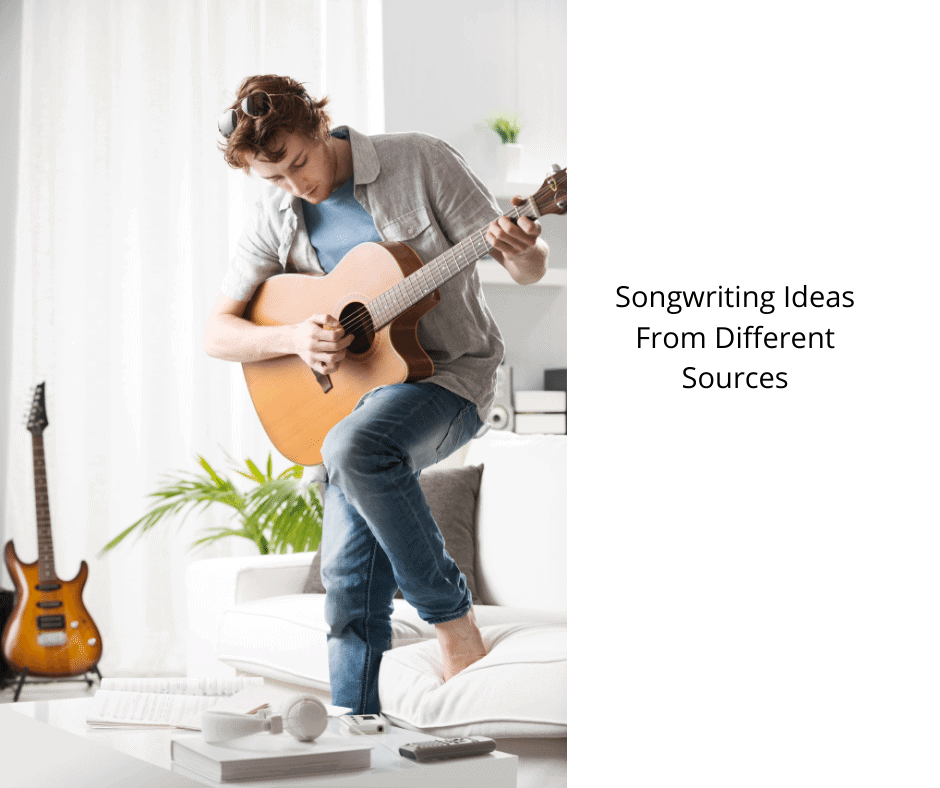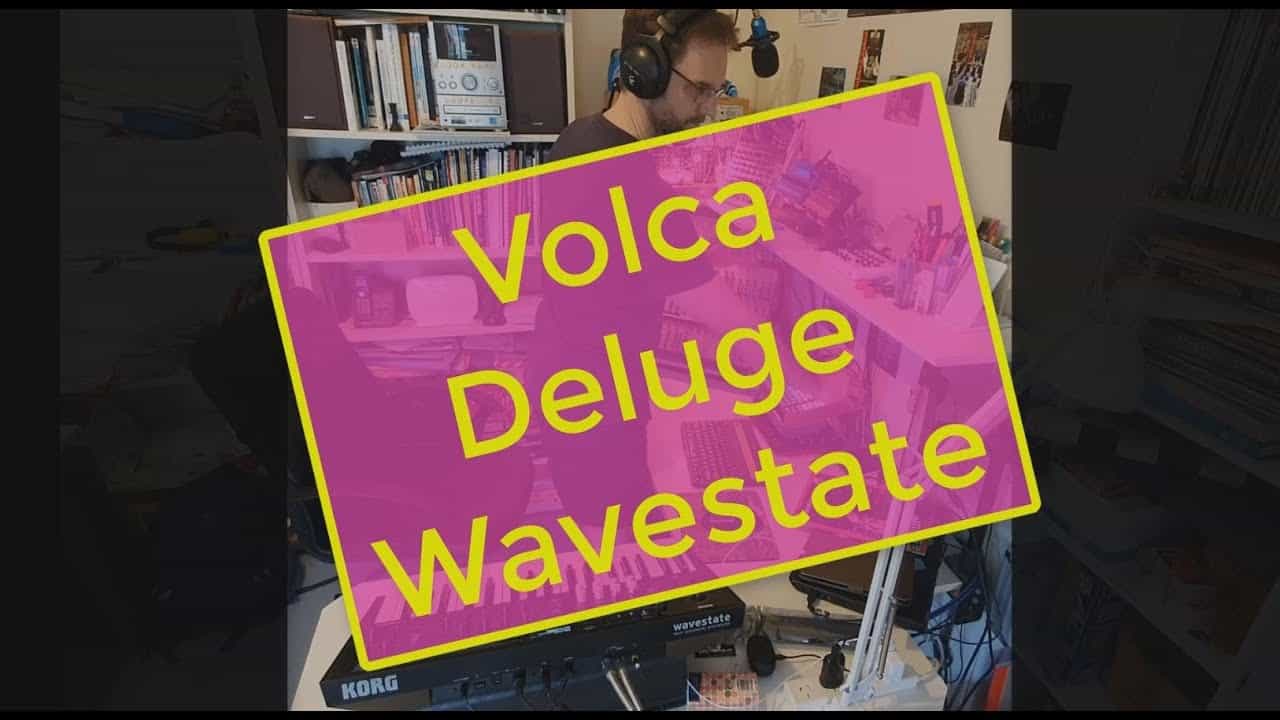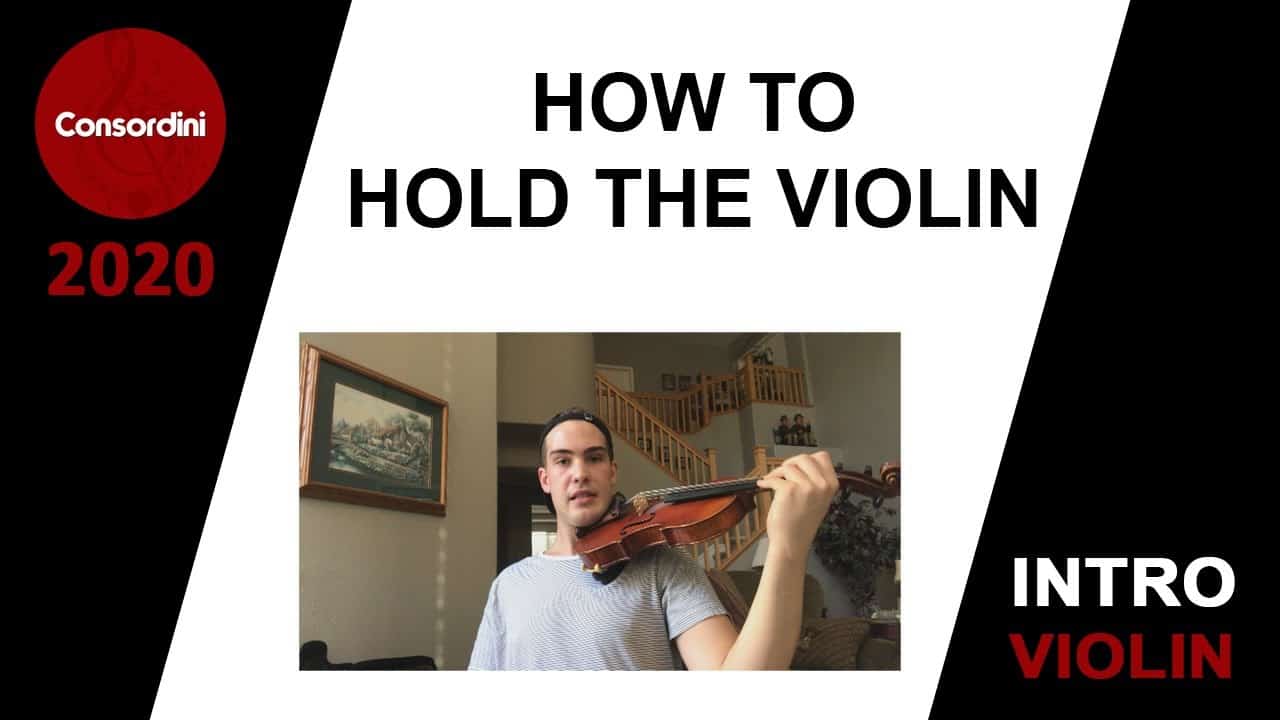If you’ve always wanted to write songs, you might wonder “How do I begin?” The answer is simple – embrace the process as a way of life. Write songs on a weekly schedule. Have a rhyme scheme in mind. Begin with a melody you have in your head, or perhaps a line you want to include in the song’s title. Then, follow your inspiration.
Embrace Music Creation as a Lifestyle
Embracing music creation as a lifestyle can help you become a better songwritter. Whether you are just starting out or are a seasoned pro, there are a number of steps you can take to get better at writing and recording music. One way to become better at writing songs is to write more frequently and to embrace the process as a lifestyle.
Firstly, make sure you create a timetable for writing songs. If you are writing in a spare room at home, it is ideal to set aside three or four two-hour blocks of time each week. The more time you spend writing, the better the result. If you do this regularly, you will become a much better songwritter. You should also create a dedicated space for your music creation. Renting a studio space will allow you to work on your music at your own pace.
Time management is essential to achieving your goals. Music creation requires time and commitment. It is difficult to find time to write and produce music, but if you embrace it as a lifestyle, you’ll have more time to dedicate to it. In fact, when you embrace music creation as a lifestyle, you’ll be more likely to make time for it when you have spare time.
Developing an audience is essential to becoming a better songwritter. It is possible to generate an income from your songwriting alone, but you will need to learn how to market yourself, build connections, and put out creative output. By developing these skills, you’ll be in control of the audience you reach, as well as the streams of income you earn. If you can embrace music creation as a lifestyle, it will be easier for you to reach a larger audience and increase your exposure.
Create a Weekly Writing Schedule
A writing schedule is important for becoming a better songwriter. Writing daily is ideal, but you should also have a few days off to rest your mind. It is best to schedule your writing time around the activities you must do, such as work, school, or other activities. If you are too tired to write, it will be hard to focus on your writing. Therefore, it is a good idea to set goals that are easy to accomplish.
You may want to set aside specific time for songwriting each day, or you can dedicate one day a week to writing songs. You can also create a schedule for specific songwriting elements, such as lyrics, chord progressions, and other elements. Once you have a weekly writing schedule, you’ll know where to focus your time. Ultimately, this will help you become a better songwritter.
You don’t have to use any special software to create a writing schedule. You can make a spreadsheet to do the job. Using a weekly writing schedule will also help you avoid interruptions. Writers tend to forget to organize their ideas when elated, but a disorganized work environment can distract them from writing. A weekly writing schedule allows you to set your schedule so that you don’t have to think about it.
Creating a writing schedule will give you confidence and help you complete your tasks. It will also keep you on task and keep you motivated. As a writer, timing is everything; setting a schedule will help you do that. This schedule will also help you build in breaks for yourself. When you follow it consistently, you’ll become a better songwritter and can complete your writing projects without any hassle.
Work With a Co-Writer
Working with a co-writer can help you become a better songwritter. However, not all co-writers work well together. Your best friend or super-fan of your music doesn’t necessarily mean a productive writing relationship. If you and your co-writer don’t work well together, keep them as friends and fill your calendar with other potential co-writers.
To become a better songwritter, you need to work with someone who shares your vision and respects the creative process. If you don’t like or respect a co-writer’s ideas, then you shouldn’t bother writing with them in the first place. You should also find someone who shares your passion for music. Don’t waste your time if the co-writer doesn’t share this enthusiasm for music.
When looking for a co-writer, look for a collaborator in your local area. Ask other musicians if they’d like to co-write a song. You can also search online for co-writers. Some websites connect songwriters from all over the world and offer free critiques. This is a great way to find a co-writer in your local area.
Before hiring a co-writer, do your homework. Discuss your creative process and your music style with your collaborator before the session. Be sure to have ideas of three songs in mind before you go for the session. This will help you avoid surprises when the time comes to finalize the song. Also, come prepared with some concepts, melody ideas, and vocal parts. Remember to keep an open mind throughout the process.
Writing songs requires time and a weekly schedule. A good rule of thumb is to dedicate three two-hour chunks of time to writing weekly songs. While more time is better, more is not necessarily better. Set up a timetable and stick to it! It will help you improve your writing skills. So, work with a co-writer to become a better songwritter!
Create a Rhyme Scheme
A common mistake of budding songwriters is making a song using three different rhyme schemes. It will eventually wear you down and make your lyrics feel unbalanced and incomplete. Instead of trying to rhyme words, you should think about using two or three rhyme schemes. By using these schemes, you can create a better flow and tone in your lyrics. Read on to learn more about how to use rhymes to improve your writing.
When you write a poem or a song, the best way to use rhymes is to make sure your lines flow together. By using a rhyme scheme, you can create the feeling of one long rhyme, where nearly every syllable in the first line of the poem rhymes with the last one. While this method may sound simple, it’s compelling. It can help you write a catchy song that is fun to listen to.
A rhyme scheme is a framework or program of end-of-line rhymes. Knowing these structures will give you more tools and make your lyrics more memorable and unique. However, you should not be afraid to break the rules imposed by rhyme schemes. They can be inspirational as well. Don’t let them bind you to any one particular scheme, but follow the basic rules. When you are experimenting with rhyme schemes, you will find that they are a great way to get creative with your lyrics.
While creating a rhyme scheme will make your lyrics more memorable, remember that a successful one should not contain stale rhymes. The rhymes must be consistent in the same song; it would be unprofessional to use ABAB in one verse and ABCB in the next. By practicing, you will find out what works best for you and your audience. If you are using rhyme schemes incorrectly, your lyrics will sound unprofessional and cliched.
Record Your Songs
One of the most effective ways to become a better songwriter is to record your songs. The more you can record your songs, the better. However, recording your songs is not always an easy task. You must make sure that you can record your songs on the go. This means that you should be disciplined and mindful of the music. Here are some useful tips for recording your songs to become a better songwriter:
First, record your songs in multiple sounds. People only listen to the first 30 seconds of a demo, and if they like it, they will probably want to hear more. To achieve this, compile a collection of your best tunes and try recording them in various sounds. You can also enlist the help of friends to play your songs for you. Make sure that your demos sound professional, or they won’t be worth listening to.
Second, analyze your songs and come up with new ideas. Write while you’re singing so you can hear your lyrics in a live setting. Singing while writing will give you an idea of what kind of phrasing a professional singer will use if an artist ever picks up your song. You may also be able to hear what changes you need to make to your lyrics and vocal performance.
Finally, practice writing and recording your songs. Practice makes perfect! It takes a lot of practice to become a better songwriter, and it may take you 100 bad songs before you can write a single decent one. Nonetheless, persistence and patience will pay off in the long run. As a beginner, recording your songs does not require expensive studio facilities. You can download free software or purchase low-budget recording supplies.










